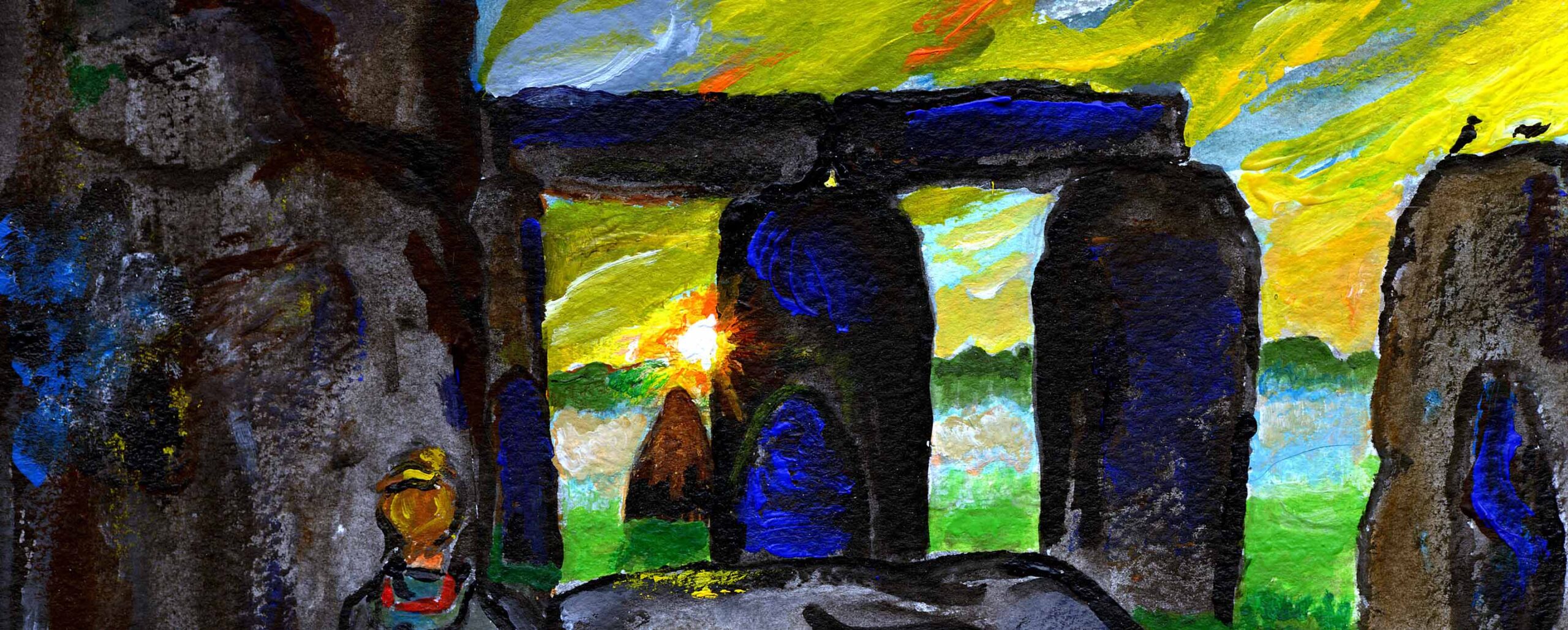If you missed the Leonid meteors, there’s just possibly another chance, though it is more interesting as an idea than real as an observing opportunity.
I went out about 5 on the morning of Nov. 17, though it was cold and maybe already too late and from indoors I could see no stars; from my clifftop viewpoint I found the sky was indeed one single smear of cloud.
This morning (the 18th) I went out earlier (about 3) and more hopefully, having seen the Big Dipper through a window. In the street, no stars showed, but one white lamp competed with the artificial orange ones: it floated just above the lowest rooftop, and was the thin Old Moon, like a little hammock. I went far enough along the sea wall to get past the last lamp and around a corner into a pool of darkness. There, the division of the sky into clouds and clearings was suddenly manifest, and stars of Leo and Boötes and Ursa Major moved across the clearings, though no meteors.
Alastair McBeath informs me:
.”..there is the outside possibility the peak, such as it’s likely to be this time, could happen around 16h UT today [Nov. 17] instead of nearer 22h (according to one theorist at least, though his predictions have tended to be off the mark overall). There might also be a second peak, albeit one with ZHRs [zenithal hourly rates] perhaps too low to be noticed visually, around 09h17m UT on November 21, due to the 1567 AD dust-trail (the timing precision is liable to prove illusory, but computers like exactness).”
In other words, particles that separated from Comet 55P Tempel-Tuttle about the time it dived past Earth in 1567 may have spread into a strand along an orbit that brings some of them to meet Earth when Earth reaches its position of Nov. 21 9h UT. That will be after dawn for Europe and before it for America.
The orbit of the comet and, roughly, its meteors, is almost tangent to the orbit of Earth. Plumes of dots represent the tail of the comet, driven outward from the Sun.
The comet is not actually recorded from 1567. It was discovered in 1865, and later was identified with comets that had been seen in 1366 and 1699, and found to have an orbit a third of a century long. Only some of its visits bring it by at convenient times, so it was not observed again till 1965 and 1997. Like the little mile-wide comet nucleus itself, but spread through a vast tube of space, the particles meet us head-on, that is, fast, and in the after-midnight hours.
If you wake in the small hours of November 21, decide not to go out for the slim chance of seeing one of these meteors, and find it difficult to get back to sleep, try picturing these bits of dust as they go round and round their vast elliptical journey, thirteen times since 1567. May be as good as counting sheep.

